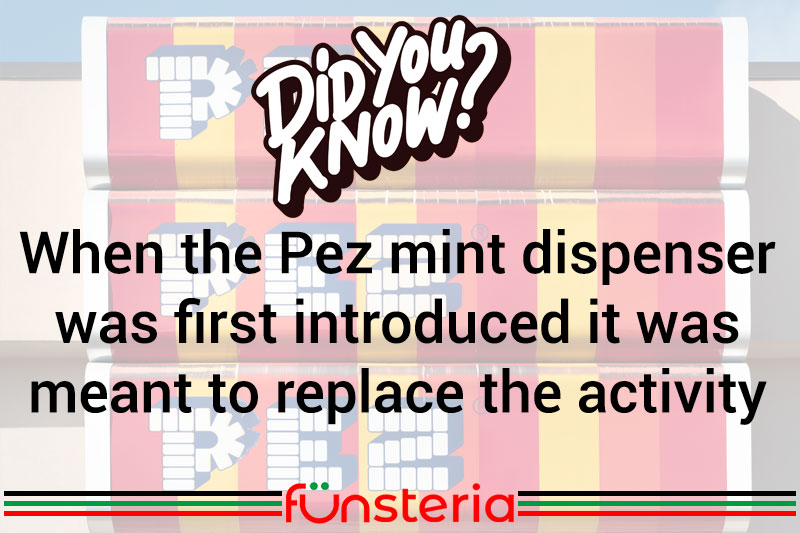
The year 1927 was full of exciting events, including Amelia Earhart getting ready for her first trans-Atlantic flight, and the showing of Hollywood’s first talking movies. And in a quiet little corner of Vienna, Austria, Edward Hass created a new peppermint as an alternative to smoking. Its name is spelled with the first, middle, and last letter of “pfefferminz”, the German word for peppermint. Little did he know that the new candy would become a worldwide phenomenon and pop-culture symbol.
For over 20 years, the mints were sold in a pocket-sized tin. Then in 1948, they came out with the “hygienic” dispenser, which we know today, albeit “sans” the heads of famous cartoon characters. Those were soon to follow when they set their eyes on the American market in 1952, and on the dispenser top, appeared the head of either Santa Claus or a robot. (There is some discrepancy about which one spit out candy, first.) Since then, the company has put out over 300 different dispensers.
Despite energetic overseas sales, Pez would not come to the U.S. until the first factory was built in 1973, in Connecticut. The factory operates 24 hours a day, to help meet the demand of the one billion Pez candies eaten in America, every year.
A by-word for decades, the Pez company does not advertise. They don’t need to. The use of Pez character dispensers in ads for other products, movies, and television episodes (including the famous Seinfeld segment featuring Tweety), means the kind of advertising that money can’t buy.



